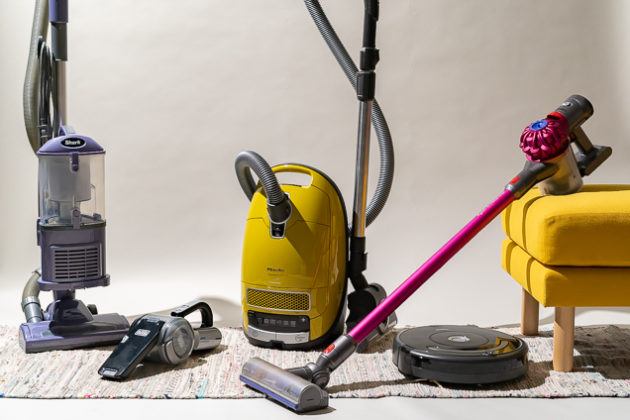Advertisements
The vacuum cleaner is a common household appliance that uses a vacuum to suck up dust and dirt. Today, vacuum cleaners can be found in various sizes and models, with numerous advanced features. How was the vacuum cleaner first invented and how did it gain the popularity it has today?
Vacuum cleaners at a glance

Vacuum cleaners use vacuum suction to remove dust and dirt build-up. Most of the cleaning is done by the brushes that are attached to it. These days, modern vacuum cleaners can even vacuum water and liquids. This feature is very rare in older versions, and attempting to do so can result in an explosion. Modern vacuum cleaners also come with sensors that detect and inform the user if cleaning is completed.
Earliest inventions
Devices for cleaning floors and houses actually originate long ago. The first one was known as a “carpet sweeper.” It was invented by Daniel Hess in 1860 and used mechanical power from a rotating brush to suck away dirt. 9 years later in 1869, an improved version called the “Whirlwind” was created by Ives W. McGaffe. Instead of a rotating brush, it used a belt-driven fan that needed to be hand-powered.
Fast-forward to 1898, another cleaner was invented by John S. Thurman. It cleaned using gasoline power, but it was too enormous that it needed to be horse-drawn, and was undoubtedly very different from the handy vacuum cleaner known today.
1900s vacuum cleaners
The first appliance with the closest principle to today’s vacuum cleaner was invented in 1901. An English inventor, Hubert Cecil Booth, created an appliance with an internal combustion engine to power a piston pump. Air was pulled through a cloth filter. It still relied on horsepower and was known as the “Puffing Billy.” An improved version was electrical, but it was still not suitable for household use.

Finally, in 1905, Walter Griffiths designed a portable vacuum cleaning machine. A year after, the “Domestic Cyclone” was invented, but water was used in place of a filter. In 1907, a janitor from Ohio named James Murray Spangler came up with a motor-powered vacuum cleaner, but sold his patent to William Henry Hoover the following year.
Meanwhile, in 1921, a Swedish company named Electrolux also invented a vacuum cleaner named the Lux V. It was different from what was developed by Spangler by how it stood on metal sleds. This feature has then become a standard for many vacuum cleaners. In 1926, Hoover’s first upright vacuum cleaner, complete with disposal filter bags, a steel box, and hose attachments was invented.
From luxury item to common household appliance
Since then, the vacuum cleaner was a luxury item. It was just after World War II that it was starting to be more accessible and affordable to people from the middle classes. In fact, according to the Vacuum Cleaner Manufacturers Association, 98% of American households own a vacuum cleaner. It has become a staple and handy device as it has become more advanced, offering extra features like cyclonic separation, liquid collection, and even robotic control.
